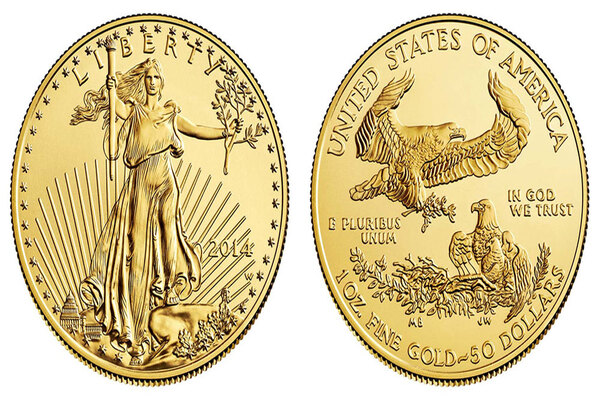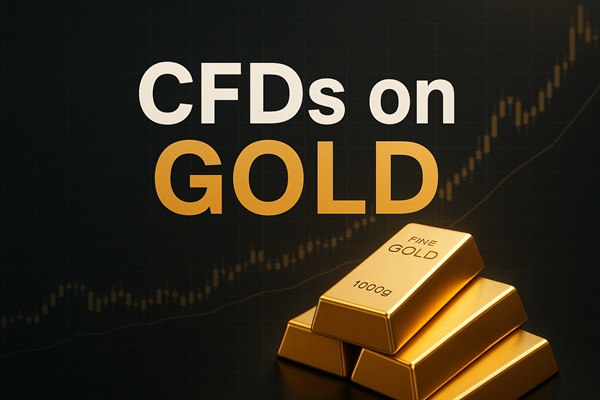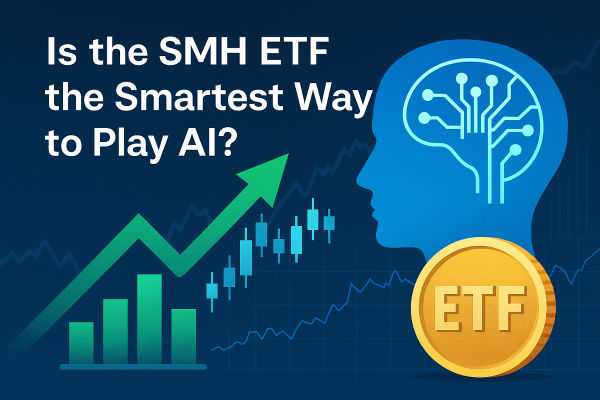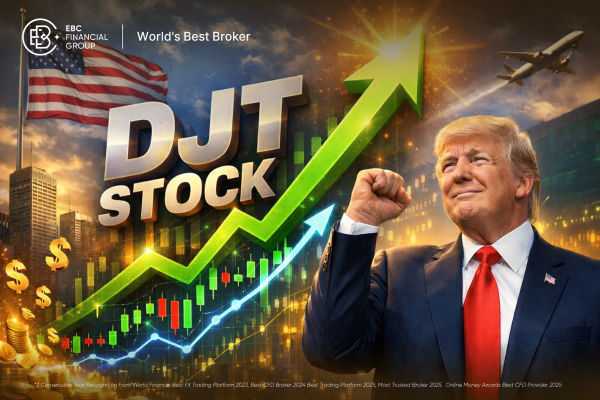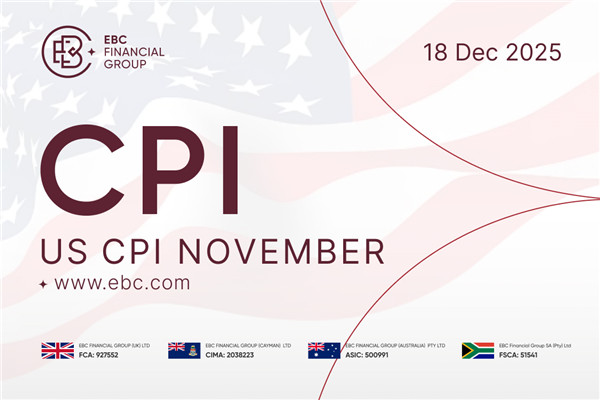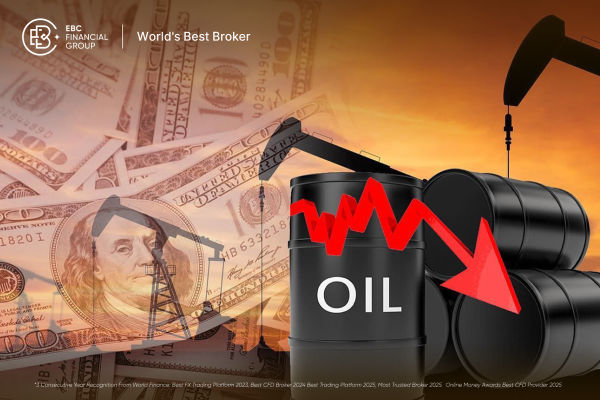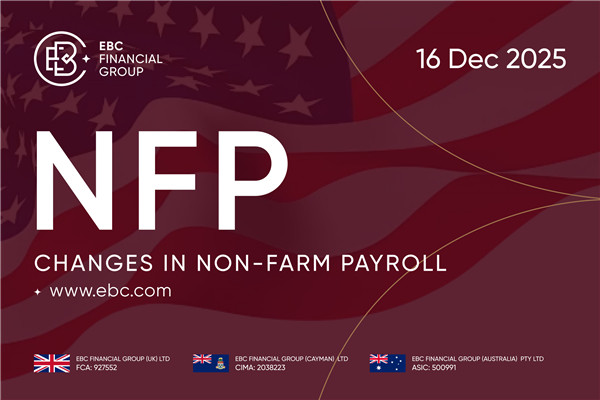In spot gold trading, investors often encounter terms such as trend and
direction. The key to successful trend trading is to correctly judge the trend. Many
investors mistakenly believe that direction is a trend, leading to frequent
losses. So, are trend and direction different in spot gold trading? What is
the difference between the two?
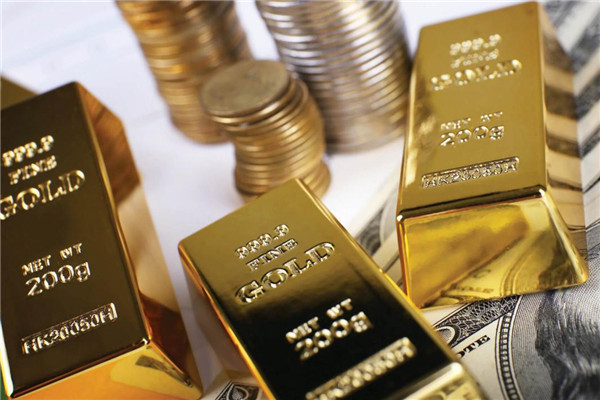
Understand the Important of Trend and Directionin Gold Trading
The trend and direction of spot gold are two important indicators that
investors need to pay attention to when trading gold. Although both indicators
can help investors predict the trend of gold prices, there are some differences
between them.
Trend refers to the overall trend direction of gold prices over a period of
time. Trends can be divided into upward, downward, and horizontal trends. An
upward trend refers to the continuous rise of gold prices over a period of time;
a downward trend refers to the continuous decline of gold prices over a period
of time; and a horizontal trend refers to the small fluctuation of gold prices
over a period of time, showing a horizontal trend.
Direction refers to the short-term trend of gold prices. The direction can be
divided into rising, falling, and fluctuating. Rising refers to the continuous
rise of gold prices in the short term; falling refers to the continuous decline
of gold prices in the short term; and volatility refers to the small fluctuation
of gold prices in the short term, showing a fluctuating trend.
By definition, the trend is long-term, while the direction is short-term.
Trend refers to the overall direction of gold prices over a period of time,
while direction refers to the short-term direction of gold prices. Trends can
help investors determine the long-term trend of gold prices, while direction can
help investors determine the short-term trend of gold prices.
Developing Trading Strategies Based on Gold Trends and Directions.
When trading gold, investors need to pay attention to both trends and
directions. Trends can help investors determine the long-term trend of gold
prices, while direction can help investors determine the short-term trend of
gold prices. Investors can develop trading strategies based on trends and
directions to achieve better investment returns.
Regarding trends and directions, investors should first clarify that trends
are global and directions are local. If investors cannot distinguish trends and
directions well, they will simply follow the trend and kill losses.
A trend refers to the movement of prices in the same direction over a period
of time, while the direction refers to the short-term fluctuations in prices. It
can follow the trend or go against the trend, and what runs along the main
direction over a period of time is the trend.
Trend often refers to the operation of a market over a long period of time,
while direction refers to the repeated fluctuations of the market over a short
period of time. In an upward trend, prices can rise or fluctuate horizontally
along the trend or adjust against the downward trend. In a downward trend,
prices can fall along the trend, fluctuate horizontally, or rebound and correct
against the trend.
Applying Trends and Directions in Gold Trading for Better Investment Returns
Recognizing trends and directions not only helps to grasp the overall trend
correctly but also serves as a basis for adding positions during trading when
trends and directions synchronize. Specifically, there are two guiding
principles.
(1) Find an entry point in the downward trend to tentatively short, and then
choose to increase the position when the trend and direction resonate.
(2) Find an entry point in the upward trend and tentatively go long, then
choose to increase the position when the trend and direction resonate.












